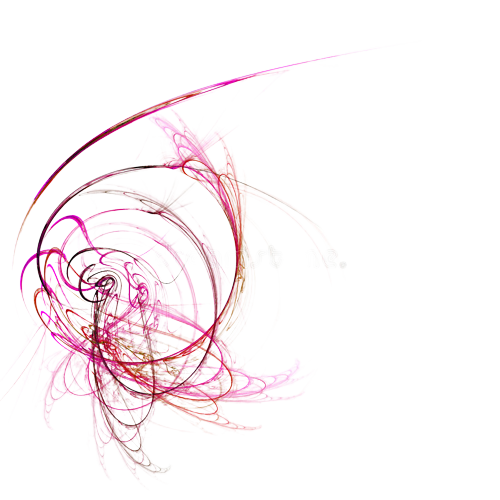What is IR spectroscopy in organic chemistry?
Infrared Spectroscopy is the analysis of infrared light interacting with a molecule. This can be analyzed in three ways by measuring absorption, emission and reflection. The main use of this technique is in organic and inorganic chemistry. It is used by chemists to determine functional groups in molecules.
What is the basic principle of IR spectroscopy PDF?
The IR spectroscopy theory utilizes the concept that molecules tend to absorb specific frequencies of light that are characteristic of the corresponding structure of the molecules. The energies are reliant on the shape of the molecular surfaces, the associated vibronic coupling, and the mass corresponding to the atoms.
What is the IR range for diagnostic purpose of any compound?
The portion of the infrared region most useful for analysis of organic compounds is not immediately adjacent to the visible spectrum, but is that having a wavelength range from 2,500 to 16,000 nm, with a corresponding frequency range from 1.9*1013 to 1.2*1014 Hz.
What is the purpose of IR spectroscopy?
Infrared Spectroscopy (IR) is useful for the identification of organic compounds. Through the use of a specialized microscope, IR can be performed on samples as small as 10 μm and is an important microanalytical technique. Molecular bonds vibrate at characteristic frequencies.
What are the objectives of IR spectroscopy?
Simply, it is the absorption measurement of different IR frequencies by a sample positioned in the path of an IR beam. The main goal of IR spectroscopic analysis is to determine the chemical functional groups in the sample. Different functional groups absorb characteristic frequencies of IR radiation.
What is the range of IR spectroscopy?
The infrared range covers 700-1000 nm (wavelength), or 14,286-12,800 cm-1 (wavenumber), and ultraviolet radiation has wavenumbers above these, approximately, 25,000 – 50,000 cm-1, or 100 to 400 nm (wavelength).
Why is IR peak broad?
hydrogen) will cause attached bonds to absorb at lower frequencies. One of the most distinct and easily recognizable peaks in an IR spectrum is the broad O-H absorption of alcohols and phenols. The end result is that the IR peak appears broadened, as it is an average of all these slightly different absorptions.
What does IR spectroscopy tell you?
The IR spectra tell you what types of vibrational modes (motion) the molecule responds with after it absorbs that light, and when you figure out which peaks correspond to which motions, you can figure out what functional groups the molecule has and (almost) what the molecule is.
Which solvent is used in IR spectroscopy?
Infrared Spectrometry – Sample Handling Samples that are liquid at room temperature are usually analysed in pure form or in solution. The most common solvents are Carbon Tetrachloride (CCl4) and Carbon Disulfide (CS2).
Where do aromatics show up on IR?
Aromatic hydrocarbons show absorptions in the regions 1600-1585 cm-1 and 1500-1400 cm-1 due to carbon-carbon stretching vibrations in the aromatic ring.
How does IR spectroscopy determine purity?
“They” would periodically take an infrared spectrum of the sample and compare it with a spectrum of the pure ester. Any extraneous peaks would be caused by the presence of impurities. If the peaks matched those of known impurities, they could use the intensities to calculate the purity of the ester.
Where does benzene show up in IR?
Charateristic IR Absorption of Benzene Derivatives Arenes have absorption bands in the 650-900 cm−1 region due to bending of the C–H bond out of the plane of the ring. The exact placement of these absorptions can indicate the pattern of substitution on a benzene ring.
How to identify a molecule using IR spectroscopy?
A molecule can be identified by comparing its absorption peak to a data bank of spectra. IR spectroscopy is very useful in the identification and structure analysis of a variety of substances, including both organic and inorganic compounds.
What is IR spectroscopy used for?
Infrared (IR) spectroscopy is one of the most common and widely used spectroscopic techniques employed mainly by inorganic and organic chemists due to its usefulness in determining structures of compounds and identifying them. Chemical compounds have different chemical properties due to the presence of different functional groups.
What information can be obtained from infrared spectroscopy?
Large Amount of Information: Infrared Spectra could give us lots of structural information of the analytes, such as the type of compound, the functional group of compound, the stereoscopic structure of compound, the number and position of substituent group and so on.
What are the limitations of infrared spectroscopy in qualitative research?
Quantification: Infrared spectroscopy works well for the qualitative analysis of a large variety of samples, but quantitative analysis may be limited under certain conditions such as very high and low concentrations.
